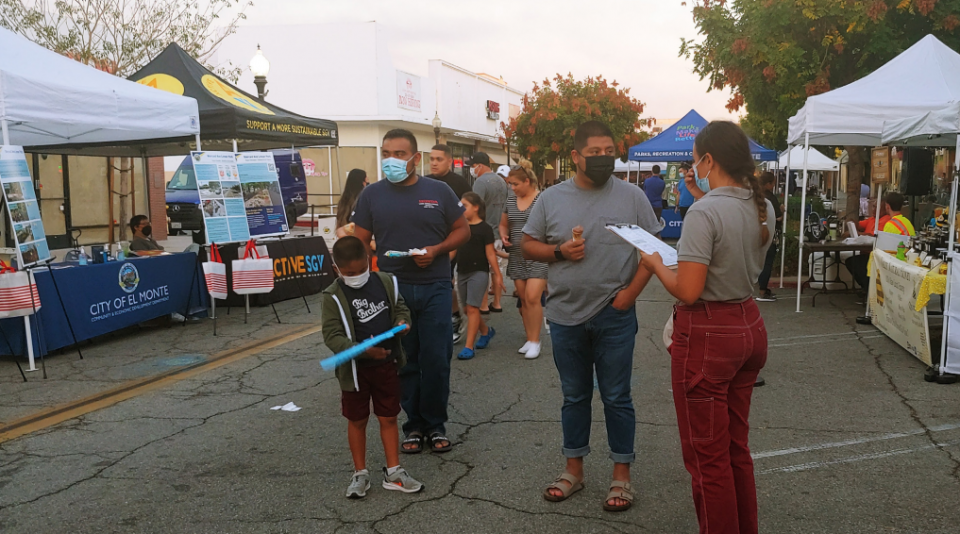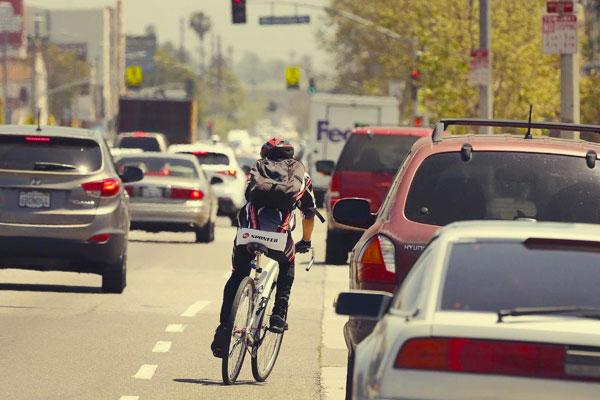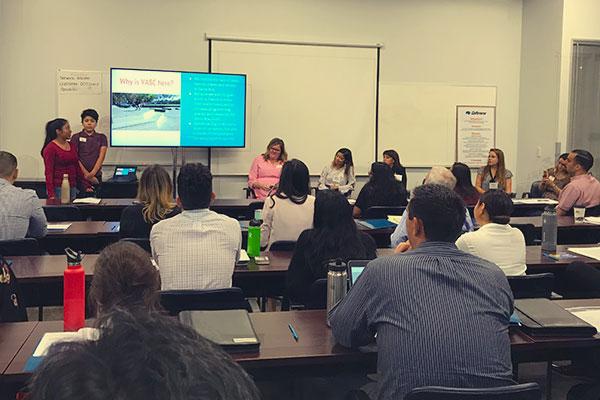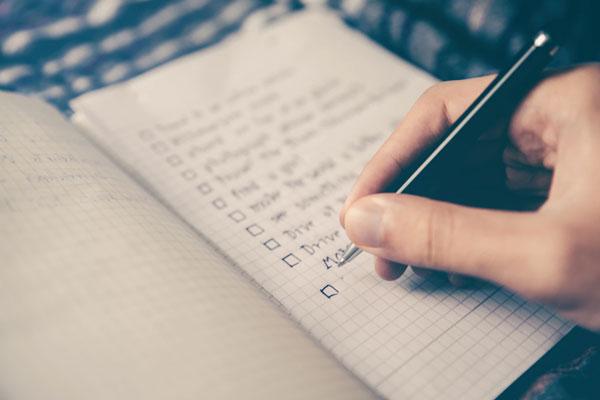Walk
Go Human with your own two feet! Walking is one of the easiest ways to get active and stay fit. It’s free, reduces stress, prevents disease, and can connect you to your community in a whole new way.
Walk Safely: Tips on the Go
- Cross at the corner and use crosswalks when available.
- Even if you have the right of way, look both ways. Make eye contact to be sure drivers see you. Don’t assume drivers will stop.
- If you have young children, teach and reinforce safe walking.
- When wearing earphones, keep volume low enough to still be able to hear traffic or indications of danger, or wear just one earpiece.
- Stand clear of hedges, buses, parked cars or other objects that could make it difficult for drivers to see you.
- Wait for the walk signal before crossing. Don’t enter the crosswalk if the hand is flashing or solid red.
- Wear something bright or reflective when its dark. Cross the street in a well-lit area if possible.
- On trails/paths used by people biking, look behind you before making sudden turns.
- When hiking, always let someone know your route, destination and expected return time.
- At mid-block crossings, even if one car stops at a crosswalk, do not assume other motorists can see you and will stop for you.
The Perks of Walking
- Want to know the secret to a happy life? Walking can reduce depression and anxiety.
- Walking 30 minutes a day can help reduce your risk of heart disease and stroke.
- Walking briskly can lower your risk of high blood pressure, high cholesterol and diabetes as much as running.
- On average, a 20-minute walk can burn 100 calories! Where will you walk instead of drive?
Bike
Go Human by biking! Improve your health, save money, help the environment, and avoid traffic and the hassle of parking. Enjoy the ride!
Bike Safely: Tips on the Go
- Always ride in the same direction as traffic (CVC 21200).
- Stop at all stop signs and red lights. All traffic laws and regulations apply to people biking as well as motorists (CVC 21200).
- Be predictable. Signal your intentions and only change lanes when safe to do so (CVC 22111).
- When riding at night, use front and back lights, and reflectors to the sides to make yourself visible.
- Helmets reduce your chance of brain injuries in case of a crash. Children under 18 on a bicycle are required to wear helmets by state law (CVC 21212).
- People biking may not park their bicycle on a bike path (CVC 21211) or sidewalk (CVC 21206) in a way that impedes the path of people biking or walking.
- People biking should ride as far to the right as safe, but can take a lane if the road is too narrow, or avoiding hazards (potholes, parked cars, debris) or preparing for left turn (CVC 21202).
- People biking must use a bike lane if going slower than traffic, but can leave the bike lane to avoid obstructions and hazards or to make a left turn (CVC 21208).
- Individual cities and counties can decide if people biking can ride on sidewalks (CVC 21206). Slow down for people on sidewalks, crosswalks or bike paths.
- Low Speed (less than 20 mph) electric bicycles are allowed to use all bikeways unless specifically prohibited (CVC 21213). Mid speed (less than 28 MPH) bikes are prohibited on bike paths/trails.
Did You Know?
- You can save as much as $8,000 by owning a bike instead of a car. The average American household spends more on transportation than on food or healthcare.
- Commuting by bike burns an average 540 calories/hour.
- A bicycle commuter who rides five miles to work four days a week avoids 2,000 miles of driving and can save over 100 gallons of gas (on top of any parking costs) each year.
- Men who bicycle to work have lower obesity rates as well as healthier triglycerides levels, blood pressure and insulin levels.
Scoot
E-scooters are a great way to get around, help the environment, get fresh air and avoid traffic. Keep these safety tips in mind to make sure you enjoy the ride!
Ride With Care
- Helmets reduce your chance of brain injuries in case of a crash.
- Ride in bike lanes or in the street close to the curb. Don’t ride on sidewalks.
- Park your scooter out of the street and out of the way of people walking. Park on the sidewalk close to the curb, or near dedicated bike or scooter parking areas.
- Riders must be at least 18 years old, and only one rider per scooter is allowed.
- Stop at all stop signs and red lights. All traffic laws apply to people riding scooters and drivers.
- Go with the flow. Always ride in the same direction as traffic.
- Every intersection is a crosswalk, even if unmarked. Always stop for people crossing the street.
- Be alert. Put your cell phone away. Keep your eyes on the road and watch for other roadway users, including people walking and biking.
Did You Know?
- 14 percent of all trips in Southern California are one mile or less. These short trips equate to less than a five-minute bike ride or 20-minute walk.
- If you run errands by riding a scooter, bicycling or walking, you can save about 500 gallons of fuel and avoid releasing 10,000 pounds of CO2 into the air each year.
- Some e-scooter companies (like Bird) offer free helmets to active riders. You can submit a request in the app.
- 60 percent of car pollution happens in the first few minutes after you start your car.
Drive With Care
California has the nation’s highest number of pedestrian and bicyclist fatalities. If you drive, take extra care around people walking and biking. It’s the human thing to do.
Drive Safely: Tips on the Go
- Slow down. Drive the speed limit or less. Be alert for people walking, bicycling, skateboarding or in wheelchairs (CVC 21954(b)).
- Every intersection is a crosswalk, even if unmarked. Always stop for people crossing the street (CVC 21950).
- Give people biking at least 3 feet when passing. Do not pass unless safe to do so (CVC 21760).
- When parallel parking, look in the side view mirror and over your shoulder for people biking or other vehicles before opening the door. Only open door when safe to do so (CVC 22517).
- Look twice for people walking or biking before you make a turn. Always come to a complete stop before turning right on red (CVC 21453).
- If another car is stopped at a crosswalk, you should stop too. There may be someone crossing the street that you can’t see (CVC 21950).
- Be alert. Put your cell phone away. Keep your eyes on the road and watch for other roadway users, including people walking and biking (CVC 23123.5).
- Only enter a bike lane to park where permitted, to leave the roadway or to prepare to enter an intersection (CVC 21209).
Did you know?
- 14 percent of all trips in Southern California are one mile or less. These short trips equate to less than a five-minute bike ride or 20-minute walk.
- 60 percent of car pollution happens in the first few minutes after you start your car.
- You can save an average of $9,225 annually by switching to public transportation.
- If you run errands by bicycling or walking, you can save about 500 gallons of fuel and avoid releasing 10,000 pounds of CO2 into the air each year.






